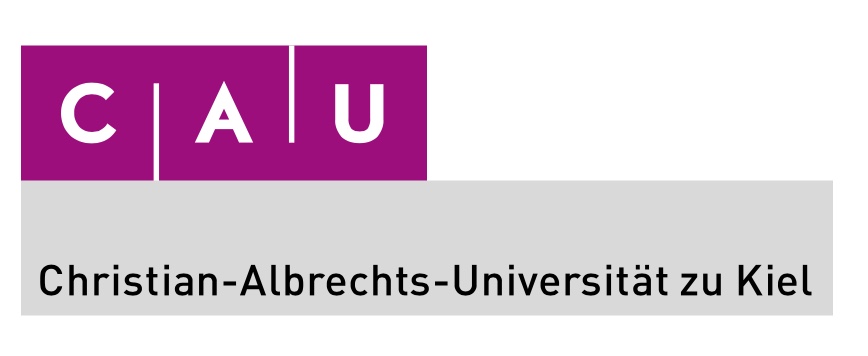
Within the scope of European ‘art landscapes’, the Scandinavian countries are located in a periphery. There is a comparatively small number of publications on Scandinavian art in the canon of art historical literature. In relation to traditional art historical centres, Scandinavian art therefore sees itself pushed into a double periphery. Thus, the topography of art history is synonymous with an art-historical evaluation of quality. The tension between centre and periphery, as it is evident in art historiography, is also present in art and visual culture in Denmark in the early modern period. Consequently, they lend themselves as case studies for challenging such narratives. The sea may reveal itself as a particularly significant factor in this context, bot historically and methodologically.
Politically, a Danish supremacy in Scandinavia began to erode in the early 16th century with the independence of Sweden. This regional loss of power was answered by a transregional economic expansion overseas, especially in Asia. Projects such as the founding of the Danish East India Company (1616) and the corresponding establishment of Christianshavn as a new trading centre in Copenhagen (1619) are structural expressions of such a development. On the side of art, this corresponds to an increased presence of non-European visual and material cultures on the one hand and the adaptation and transformation of traditions of different regions within Europe on the other. The Børsen, the Copenhagen stock exchange, provides an impressive example of this: begun in 1624 by the Dutch architect Laurens van Steenwinckel, its idiosyncratic tower, visible from afar from the sea, is to be understood as a considerably early form of Chinoiserie.
The workshop ‘Across the Seas: Denmark and the World in Art and Visual Culture in the Early Modern Period’, organised in cooperation with the Maritime Museum of Denmark, takes an interdisciplinary perspective, combines art historical questions with a political and economic-historical standpoint in contexts reaching beyond the borders of Europe. By choosing the sea as a backdrop against which early modern Denmark oscillates between centre and periphery the workshop seeks to dislodge the objects to be discussed from a conventional frame of reference that inevitably assigns them a peripheral status. Instead, they shall be addressed as ‘nodes’, making interrelations and itineraries visible and map them out; furthermore, they may reveal themselves as factors that contribute to constituting the structures they disclose.
Contributions may cover the following topics but are not limited to them:
– circulation of artistic traditions and materials by sea between Denmark and regions inside and outside of Europe;
– artistic reflexes to early modern oversea trade in Denmark;
– documents and traces of a perception of non-European cultures in early modern Denmark;
– the sea in an inner-European tension between centre and periphery and between Europe and the world.
Please do send an abstract of max. 150 words together with a CV before 14 May 2023 to: weissert@kunstgeschichte.uni-kiel.de
Source of this call:
CFP: Denmark and the world in art and visual culture (Kiel, 9-10 Jun 23). In: ArtHist.net, 30.04.2023. Letzter Zugriff 30.04.2023. <https://arthist.net/archive/39187>.
You must be logged in to post a comment.